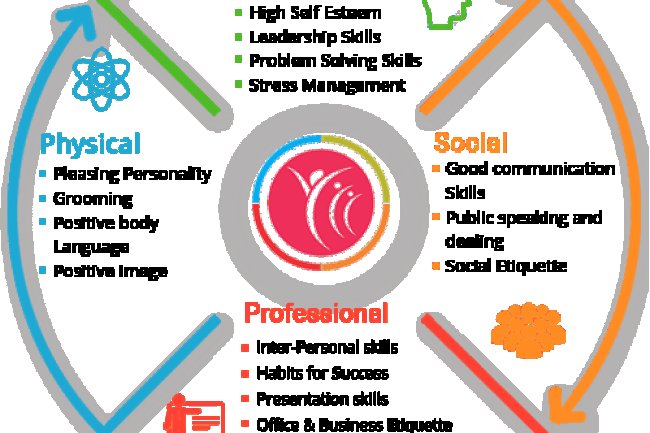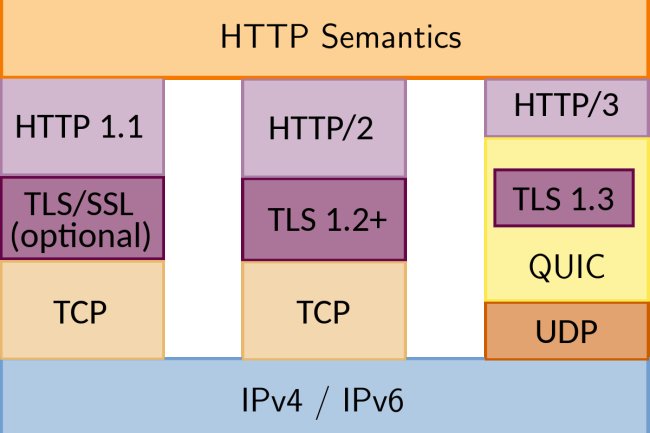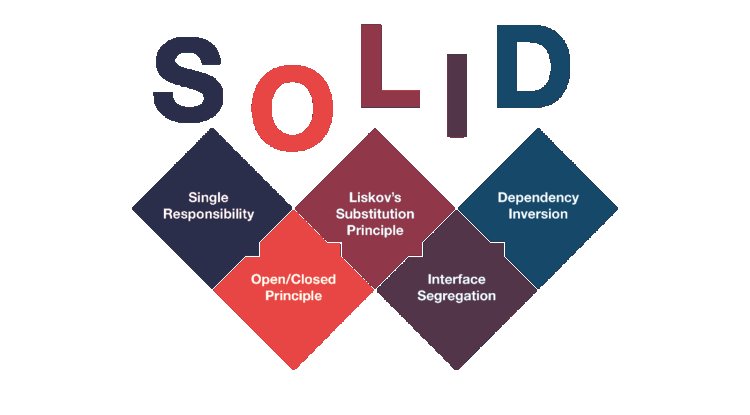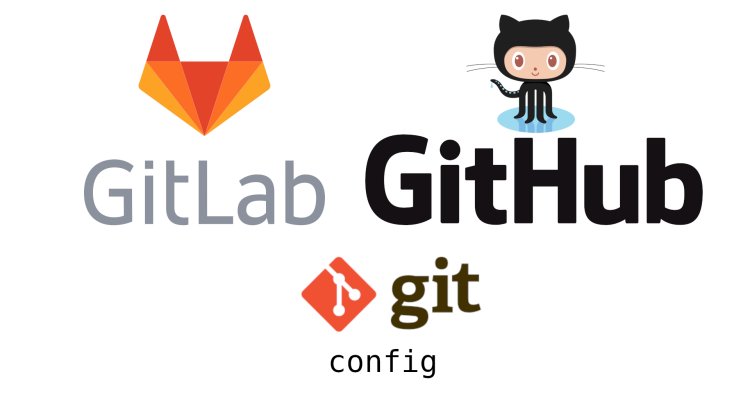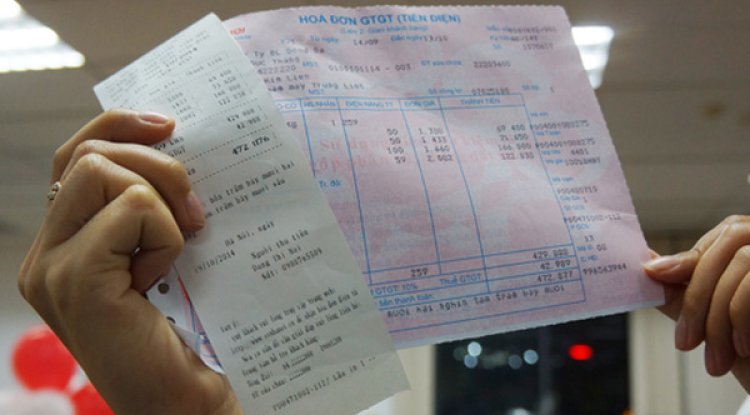What is scrum
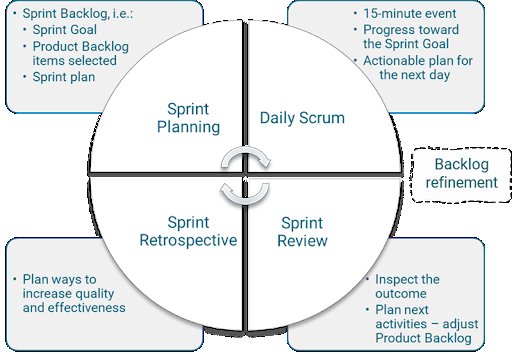
Scrum is a popular Agile project management framework that helps teams work together to deliver products or services quickly and efficiently. It is based on a set of principles and practices that prioritize collaboration, continuous improvement, and flexibility.
Here are some key aspects of the Scrum framework:
- Teams: Scrum is designed for self-organizing teams, typically consisting of 3-9 members. Each team member has a specific role: Product Owner, Scrum Master, and Development Team.
- Sprints: Scrum teams work in short, time-boxed sprints (usually 1-4 weeks) to deliver a set of features or a product increment. At the end of each sprint, the team reviews its progress and adjusts its plan for the next sprint.
- Backlog: The Product Backlog is a prioritized list of features or requirements that the team must deliver during the sprint. The Product Owner is responsible for maintaining the backlog and ensuring it is up-to-date.
- Sprint Planning: At the beginning of each sprint, the team holds a sprint planning meeting to review the backlog, estimate the work, and plan the sprint.
- Daily Scrum: The team holds a daily Scrum meeting (usually 15 minutes) to discuss progress, share information, and identify any obstacles or challenges.
- Sprint Review: At the end of each sprint, the team holds a sprint review meeting to demonstrate the work completed during the sprint and gather feedback from stakeholders.
- Sprint Retrospective: After each sprint, the team holds a retrospective meeting to reflect on what went well, what didn't go well, and how to improve the process for future sprints.
- Increment: At the end of each sprint, the team delivers an increment of the product or service, which can be demonstrated to stakeholders and users.
- Scrum Master: The Scrum Master is responsible for ensuring that the Scrum framework is followed and that the team is working effectively. They also facilitate meetings and remove obstacles that may hinder the team's progress.
- Product Owner: The Product Owner is responsible for prioritizing the backlog, ensuring that the team has a clear understanding of the product vision, and communicating with stakeholders.
Scrum is a flexible framework that can be adapted to different project management approaches, such as Kanban or Lean. It emphasizes collaboration, continuous improvement, and delivery of value to customers. By following the Scrum framework, teams can deliver products or services more quickly and efficiently, while also improving their overall performance and productivity.
